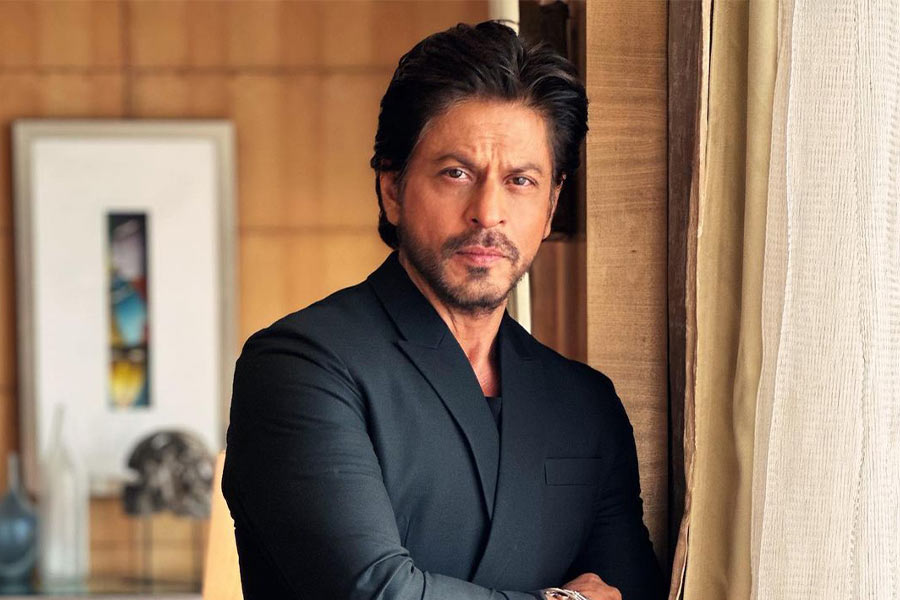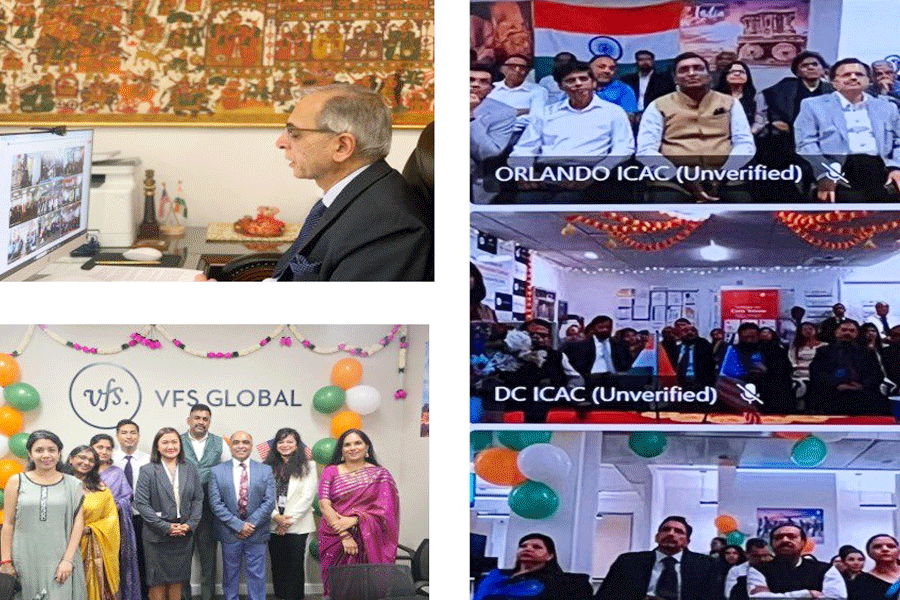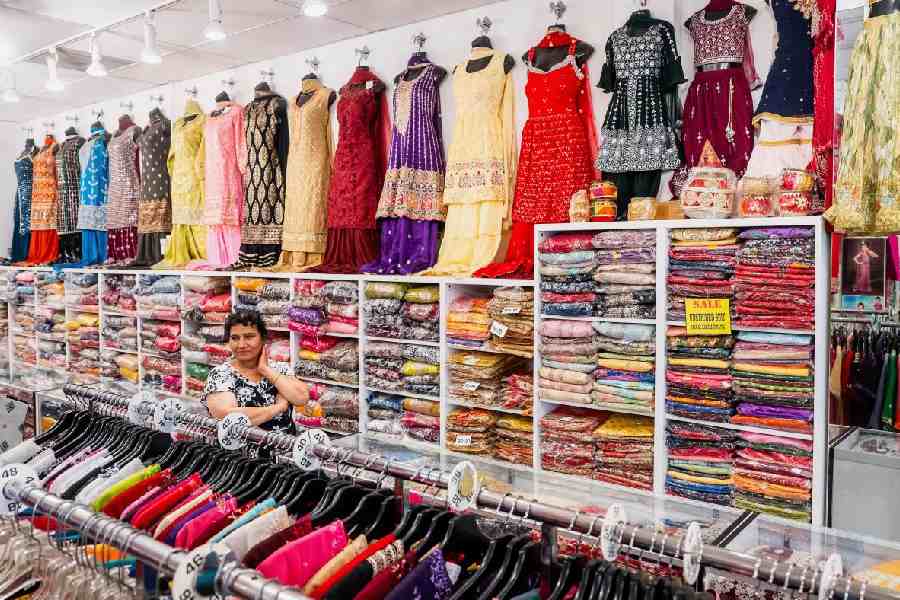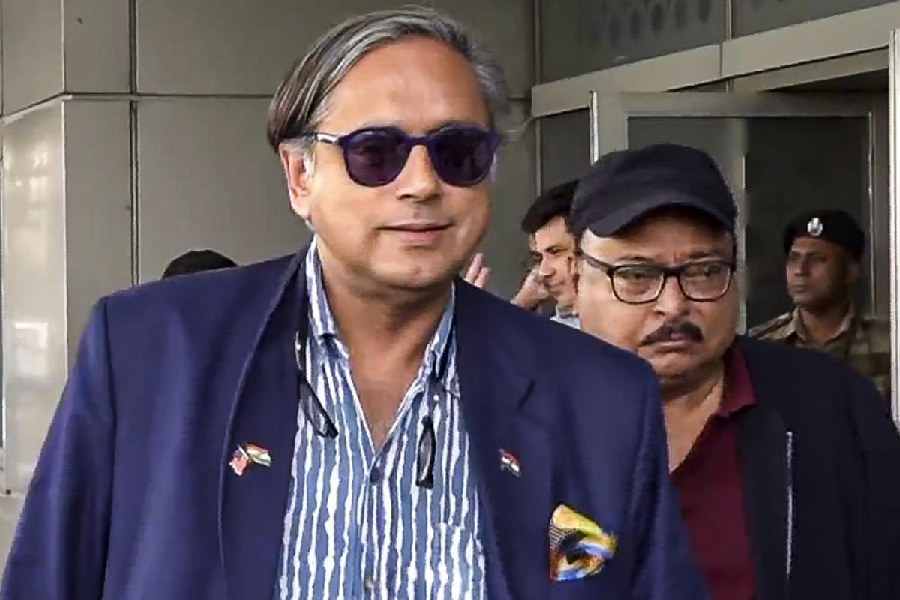Odia film industry turns 80 on Thursday. In the last eight decades, the industry has churned out many a hit film. The creativity on the silver screen rose to great heights until the early nineties. However, nowadays many film-makers complain that the industry standards have dropped. Stalwarts of the industry share their thoughts on the journey and beyond


ALL’S NOT LOST
Veteran film-maker and actor Prashant Nanda, who was at the peak of success in seventies and eighties feels not all is lost yet.
“Our film industry started slowly with only one or two films released in a year until fifties. Sixties to nineties was a golden phase and the ride was smooth. Then originality was replaced by remake and today the industry is criticised for lack of originality,” said Nanda.
“Yet, with the advent of multiplexes, viewers are coming back to theatres for Odia films. This demand for better content from viewers will encourage directors to think differently and make better films that will cater not only to a particular age group or viewers from a particular background but for everyone. I believe that in four to five years the industry will revive,” he said.
CALL FOR GOVT HELP
Not all share the optimism of Nanda. Film-maker Basant Sahoo who has been in the industry since 1980s feels the enthusiasm for Odia films is hardly seen these days among the audience.
“Earlier before the release of a film, people used to wait with eagerness. Nowadays, most of the films go unnoticed,” said Sahoo. He further added that focus should be on the content of the film and that there is also need for government incentives.
“I think a separate fund should be made where good films can be produced by the government. A committee could be formed that could decide on the quality of the film and accordingly fund it,” said Sahoo whose recent film Pilata Bigadigala did well in the box office and who is at present working on a comedy film.
LACK OF CREATIVITY
Like Sahoo, film-maker Gadadhar Puty said: “There is lack of creative vision among the directors that is ultimately leading to films that lack a proper storyline. There is need for directors who have an understanding of cinema.”
But like Nanda, he feels technology will help the industry. “The good news for us is that more films are releasing in multiplexes and the use of technology has increased. Many youngsters are making striking short films with just a DSLR camera and editing software without much production expense,” he said.
TECH TALK
Susant Mani, who is known for his films such as Kehi Nuhe Kahara and Luchakali, however, feels that technology has become a bane for the industry. “These days film-making has become easy and cheaper. So, anyone can make a film without having a proper vision,” he said.
He, however, acknowledged that a good film could be made on a shoestring budget provided the script is good. Stories with a local flavour should be chosen instead of remakes, he said.
GOING STRONG
While some feel the industry lack creativity, many actors said that it was as strong as ever before and this wasn’t the worst phase at all. Even newcomers from reality shows are making it big today.
“For any person who would try to set foot in the industry would have to struggle a lot. In my case, I started with a reality show. So it helped me. But even today, unless one has backing they can't move up easily in the industry. They have to work hard to be successful,” said Elina Samantray, who has already worked with stars such as Arindam Roy and Anubhav Mohanty.
Veteran actress Anu Choudhury, too, believes that for actors it is still the same hard work. “We have to add an Odia flavour to the script no matter if it is a fresh story or a remake. The industry has a lot to offer in future,” said the actor.
REEL HISTORY
First Odia film
Sita Bibaha, a talkie made by Rasa Leela (Folk Opera) director Mohana Sundara Deba Goswami (1892-1948) in 1934. The two-and-a-half hour long film had 14 song sequences. The film cost the producer Rs 29,781 & 10 annas. The first print was released on March 27, 1936, and was first screened at Puri’s Laxmi Talkies on April 28
Long wait
The wait for the second Odia film was long. After the release of the mythological Sita Bibaha, it took 13 years for the second Odia film to hit the screens. A production of Great Eastern Movietone, Lalita was released in 1949
Quick steps
Though Odia cinema made a slow start because the industry had to depend on the infrastructure in Bengal, the 50s saw it take steady steps. In the 50s nearly 10 films were released. This included Kalyan Gupta’s Sapta Sajya and Rolls to Eight, Chittaranjan Mitra’s Sri Jagannath
Crowning glory
Odia film's first tryst with national honour was in 1960. Produced by Rupa Raghab Pvt. Ltd and directed by Prafulla Sengupta, Sri Loknath was the first Odia film to win the National Award
Growing up
In the early day, Odia film producers had to depend heavily on facilities available in Calcutta and professional actors from the local stage at Cuttack and Puri. The urge to break free from this dependence was on. In 1959, Kabiraj Krushna Chandra Tripathy Sharma of Aska (Ganjam) did. His film Sri Sri Maha Laxmi Puja featured amateur artists from all over Odisha. It was the first Odia film to be produced in Odisha
Gujarat connection
Babulal Doshi, a Gujarati who lived in Cuttack, is known for his contribution to Odia films. He produced several films but one of them Matira Manisha, which was directed by the legendary Mrinal Sen, remains a classic and put Odia Cinema on the international map
Going colour
It took sometime for the Odia film industry to step out of the black and white era. Gapa Hele Bi Sata was the first Odia colour film. The film was released in 1976
Big budget
The industry that began with a paltry Rs 30,000 has come a long way. The biggest budget Odia film so far is Thukool starring Archita and Babushan, while the highest grosser remains I Love You starring Anubhav
TRIBUTES
To mark 80 years of Odia film industry, the state culture department is hosting a poster exhibition at the State Museum on Thursday, while the Odia Cine Critics’ Association is hosting a seminar and felicitation ceremony at a city hotel on the occasion.










